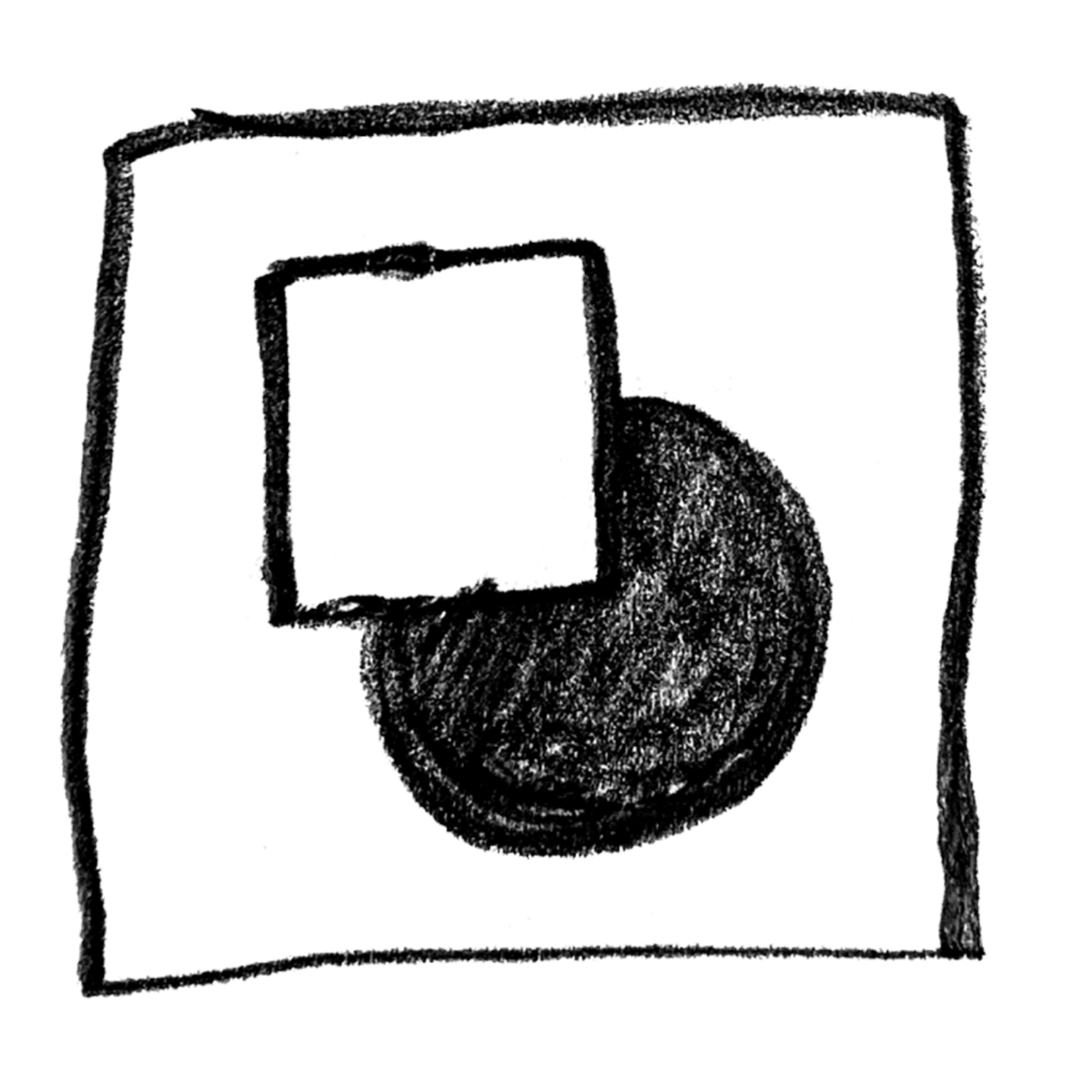


Emblematic Stamp
Jean Paul developed an interest and fascination for Indigenous traditions and cultures during his trips into the Great North. Whether it’s the string figures and masks of the Inuits living in the arctic or the traditional clothes of the Hurons-Wendats and Métis, Jean Paul is fascinated by these different cultural objects. They inspired him to explore different techniques, using his characteristic freedom and boldness. The pieces he created at this time, inspired by Indigenous works, sit at the intersection of drawing, painting and printing. For example, his series of prints La Loi c’est l’oye (1972-1983) (The Goose is Law) explores patterns drawn from Métis beadwork. In his works inspired by Indigenous art, Jean Paul blends tradition and modernity.
It’s also interesting to note that Canada Post has celebrated Jean Paul’s work by using several of his pieces as the basis for stamps. In so doing, his works have become somewhat of an emblem for Canadians everywhere.
Here’s a proposal for a creative project that invites you to celebrate this great artist while exploring the heritage of First Peoples in Canada and their immense respect for Mother Earth, the source of all biodiversity. It’s an opportunity to appreciate, to create and to communicate a modern vision of nature in keeping with the immense respect Indigenous people have for the Earth.
Read more
Intentions
Intentions
- Become acquainted with Jean Paul Riopelle through the theme of the Earth;
- Develop an ability to appreciate works of art;
- Develop an ability to create;
- Experiment with printing and washing techniques;
- To appropriate the disciplinary vocabulary.
Project summary
Create an
emblematic stamp
A small illustration with an adhesive back which can be placed on parcels to pay for its transportation by a postal service.

Approximate time
3 hours

Technique
Mixed

Notions
Dot
A mark on a surface created by placing the tip of a tool containing coloured pigment on the surface and quickly removing it.
The technique of reproducing an element by pressing a tool over a surface (paper, cardboard, etc.) to obtain a print.
Drawing
An art technique that consists in tracing elements using pencils, pastels, etc. Drawing can be done freehanded or with tools (rules, compass, etc.).
Flat Brushstroke
A painting movement that consists in applying a coloured pigments uniformly across a painted surface.
Cutting
The action of using a sharp tool (scissors, etc.) to separate or remove part of a surface (paper, cardboard, etc.).
Collage
The technique of attaching different materials (paper, cardboard, etc.) to a surface using a substance called "glue."
Pattern
A repeated decorative design. Patterns can be observed on fabrics, tapestry, plates, etc.
Drawn Line
A mark created using drawing tools and materials (pen, ink, pencil, pastel, charcoal, etc.).
Material
Context
As a teenager, Jean Paul’s father brought him to a presentation by Archibald Belaney, also called Grey Owl, an English naturalist who had been fascinated with the First Peoples in North America since his youth. Having emigrated to Canada as a young man, Belaney went to go live among the Ojibwa people in Northern Ontario, joining their community and eventually adopting their identity. A legendary figure, he dedicated himself to defending the Earth and its animals, especially the beaver.
This project is an opportunity to discover our country’s symbolic plants and animals and to celebrate the rich
biodiversity
A term that refers to the variety of organisms living on Earth.
Take it one step further
Optional activities to complete during or after the project

Digital fun
Interdisciplinary ICT ideas;
Create an animation.
- Take photos of each step during the project and turn them into a short animation using an online application like the Makeagif tool. You could also reverse the order of the pictures to present a deconstruction of the image.
Play with storytelling
Interdisciplinary English idea;
Create an acrostic.
- Create an acrostic with the name of the emblematic flower or animal. An acrostic is a poem in which the first letter of each line forms a word that is read vertically. It can take the form a poem celebrating First Nations in Canada.
Example:
B rave and proud
E ver active, like a powerful lynx
A s gentle as a stone slipping into the water
V igorously working in constant construction
E stablishing an oasis of calm serenity
R egal―the King of the forest
- Explain how your text relates to your understanding of First Nations in Canada;
- Present your acrostic to your class.
Have fun with philosophy
A way to introduce philosophy to children;
Use a philosophical question as a starting point for a thought experiment.
- Explain what philosophy is;
- Set the parameters: listen to others, don’t pass judgment, don’t laugh at others, respect different opinions, etc.;
- Introduce the following questions:
- What does the expression “Mother Earth” mean?
- Why are humans so reckless towards Mother Earth?
- How can we take care of Mother Earth?
- Invite students to discuss these questions;
- Invite students to express whether they agree or disagree with their classmates;
- Encourage students to explain their ideas: “what do you mean?” or “can you give an example of your idea?”;
- Invite students to create a table that categorizes the actions we can take toward Mother Earth as either Caring or Destructive;
- Share the answers out loud;
- Throughout the exercise, jot down the answers in a mind map.
Variation

Beginner
Limit the number of patterns and points used in the colourful background;
Skip the basic exercise.

Intermediate

Advanced
Create the background with patterns that use more complex ideas for the organization of space (alternating colours, forms, positions, size, etc.)







